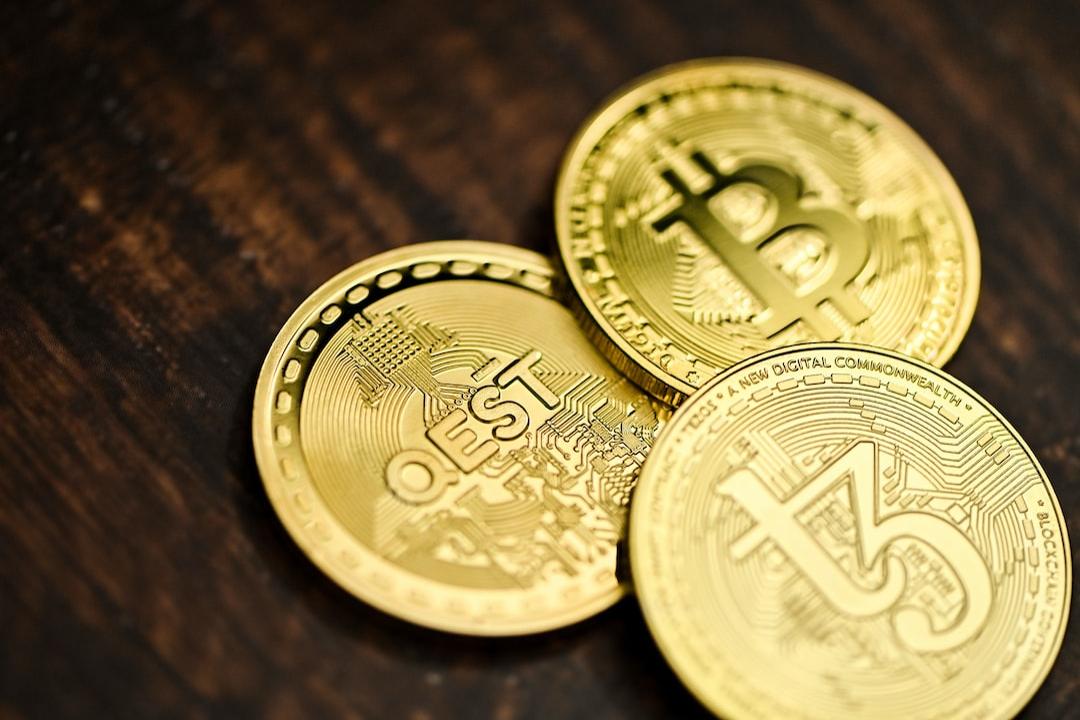Ethereum (ETH), the leading altcoin, is experiencing a significant decline in the daily amount of ETH burned due to a drastic decrease in network gas or transaction fees. This has resulted in the lowest level of burned ETH for the year. Currently, transaction fees on the Ethereum network are fluctuating between 5 to 10 gwei, which is the lowest it has been all year.
The decline in transaction fees has directly affected the amount of ETH being burned. On-chain data shows that on May 5th, only 610 ETH was burned, marking a record low for the year due to the minimal transaction fees. In contrast, during the first four months of the year, the daily amount of ETH burned generally remained above 2,500 to 3,000 ETH.
The decrease in transaction fees can be attributed to the increasing usage of Layer 2 scaling solutions and the adoption of blob transactions introduced in March with the Dencun update. These developments have helped reduce transaction fees on Layer 2s.
Transaction fees and ETH burning dynamics are closely monitored as they are crucial aspects of the Ethereum network’s economic model. While lower transaction fees are beneficial for network users, the recent drop in ETH burning has a negative impact on the deflationary nature of the altcoin.
However, everything changed with the implementation of the London update, also known as EIP-1559, in August 2021. This update fundamentally altered the fee structure of the Ethereum network. It introduced a base transaction fee that is burned and a priority fee that acts as a tip for validators. The base transaction fee is directly linked to network usage, meaning that higher transaction fees result in more ETH being removed from circulation through token burning.
According to data from Ultrasound.money, last week the ETH supply shifted from its previous deflationary structure to an inflationary state with a supply growth rate of 0.49%. If network activity increases and more ETH is burned than issued, Ethereum could potentially return to a deflationary state.
It is important to note that the information provided in this article does not constitute investment advice. Investors should be aware of the high volatility and risks associated with cryptocurrencies and should conduct their own research.


